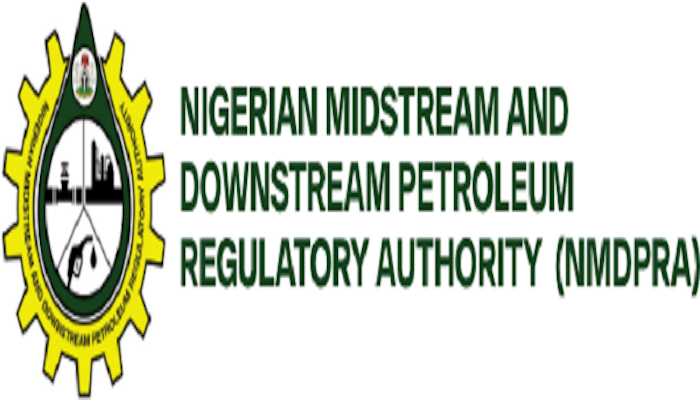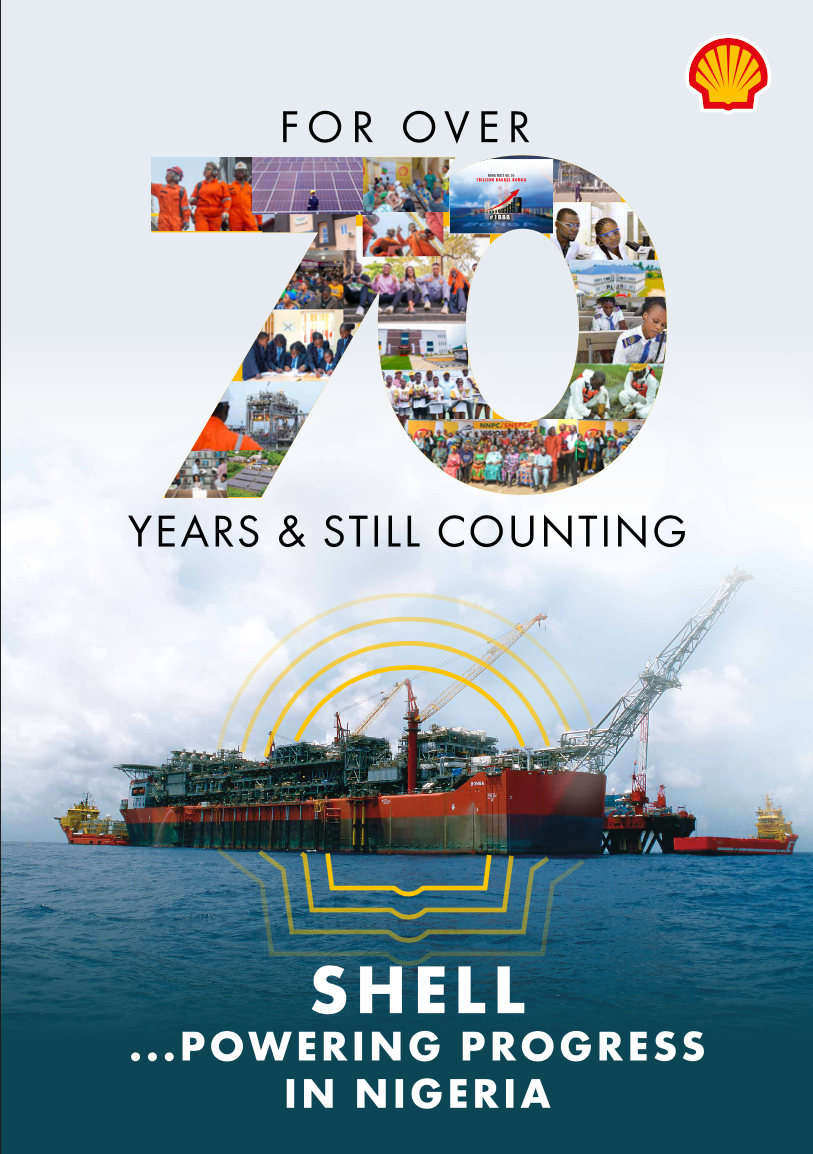The Nigerian Midstream and Downstream Petroleum Regulatory Authority (NMDPRA) otherwise known as The Authority on Friday put daily Premium Motor Spirit (PMS) consumption at 66.89 million litres.
The Nigerian National Petroleum Company Ltd (NNPCL), had last weekend, put the average daily evacuation (Depot truck out) from January to August 2022 at 67 million litres.
The regulator, in a statement entitled: clarification on 2022 average daily truck out figure, and made available to journalists on Friday, said that the actual daily truck out from 1st January, 2022, to 31st July, 2022, stands at 66.89 million litres.
The clarification was sequel to the claims made by the Controller-General of the Nigeria Customs Service, Col Hameed Ali (retd), about the fuel consumption figures in the country.
Ali had queried why the NNPC Limited would allow the release of 98 million litres of petrol per day for local consumption, instead of 60 million litres admitted by its own computation.
Reacting to the claims made by the Customs boss, the Authority said, “The Federal Government Medium Term Expenditure and Revenue Framework (MTERF), which is a three year forward looking budgetary tool comprises contributions from various agencies.For clarity, the figure provided was used in 2021 solely to forecast the expected revenue for 2022 and does not in any way translate to the actual truck out volume for this year.
“In line with the NMDPRA mandate as provided in the Petroleum Industry Act (PIA) to ensure transparency in the oil and gas industry, the Authority publishes on its website (www.nmdpra.gov.ng/daily-truckout) the actual daily truck out.As can be verified from the website, the actual daily truck out from 1st January, 2022, to 31st July, 2022, stands at 66.89 million litres.The Authority assures the general public that it is committed to providing credible and transparent data on the supply and distribution of petroleum products.”



















